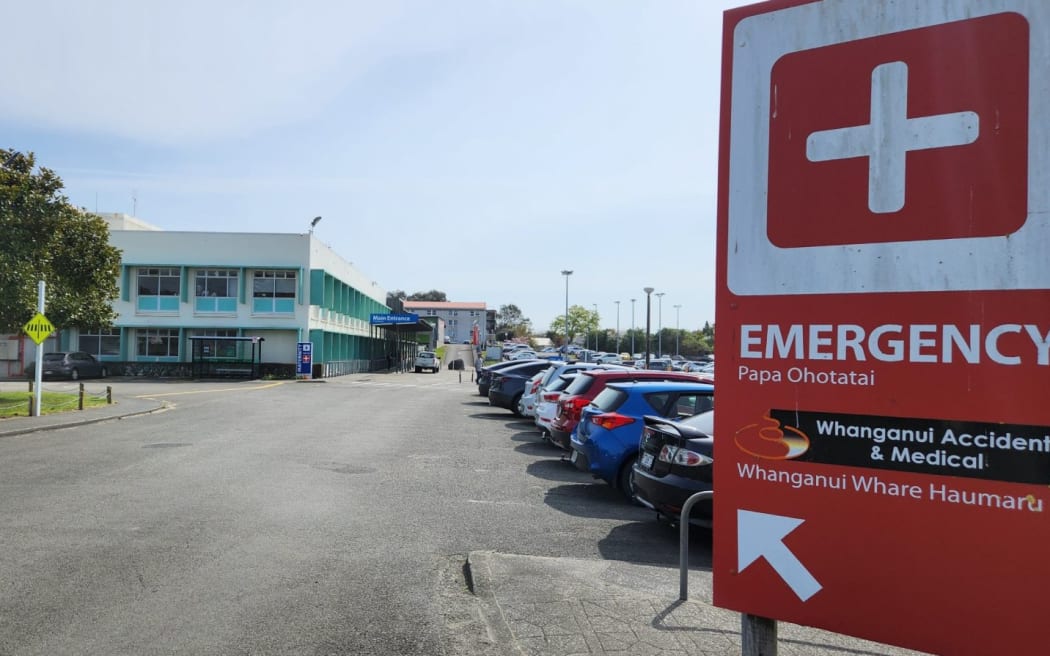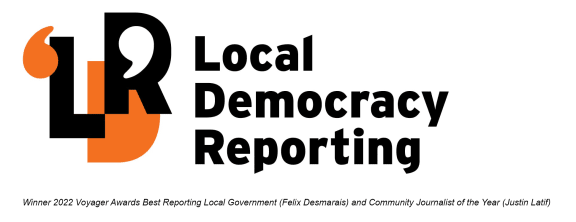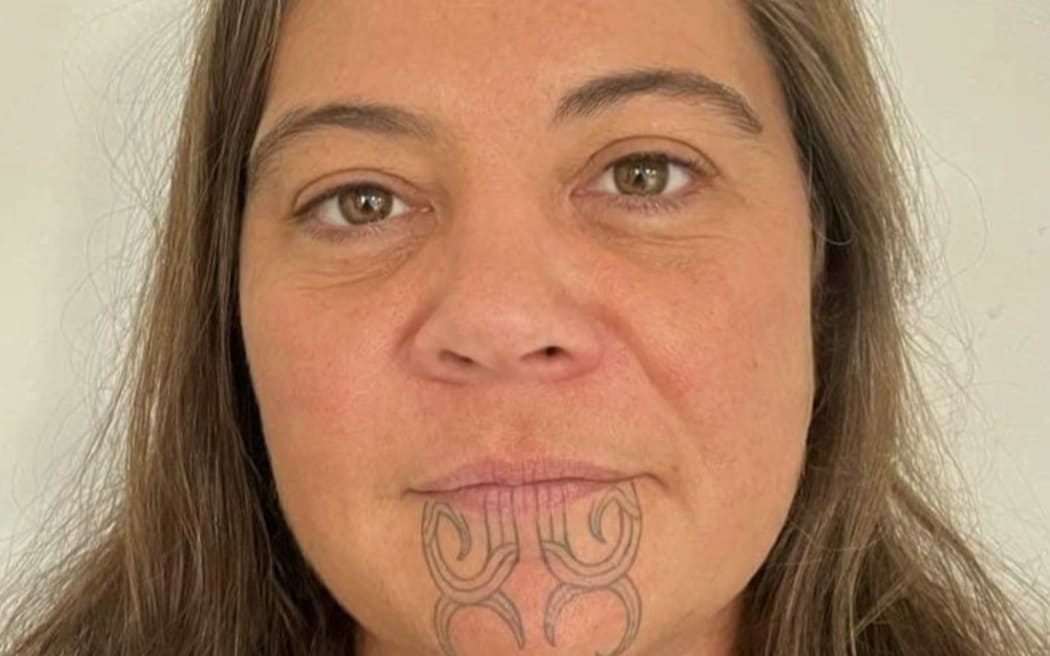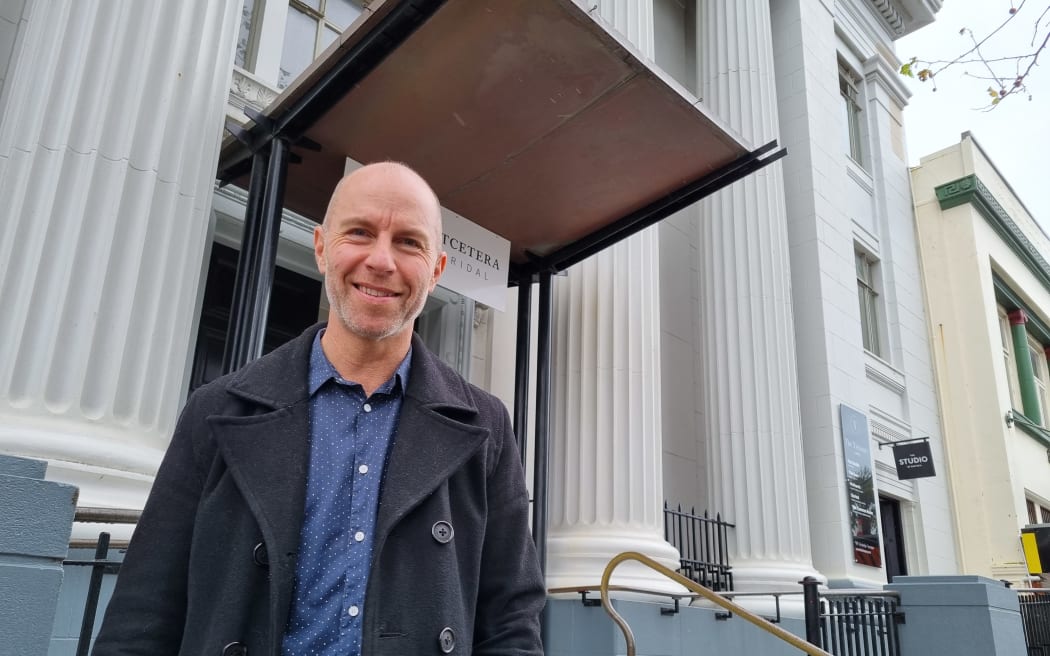
Emergency department over-occupancy of up to 147 percent “is normal for us”, Te Whatu Ora Whanganui says. Photo: LDR / Moana Ellis
Overburdened, understaffed, under-resourced, under the pump – all are words used to describe Whanganui Hospital’s strained emergency department as it continues to come under pressure.
The hospital says over-occupancy in recent months of up to 147 percent “is normal for us”, with overflow patients being treated on beds, wheelchairs and seats in ED corridors.
Why is this happening and what changes will be needed to keep pace with the district’s projected population growth of up to 5000 more people in the coming years?
Local Democracy Reporting talks to Te Whatu Ora Whanganui, public health representatives and the Whanganui mayor.
Te Whatu Ora Whanganui interim group director operations, Kath Fraser-Chapple
“Our health workforce are working in an often challenging environment with high presentation numbers, rostering gaps and people presenting with increasingly complex needs and acuity.
“While we strive to assess all patients within a reasonable timeframe, busyness and capacity constraints mean that people assessed as less urgent following triage may wait longer than expected to see a doctor.
“While people still receive support and treatment – such as pain relief and X-ray – while waiting to see a doctor, we recognise that long wait times can be frustrating, and we sympathise with anyone who may experience distress while they are waiting.

“We encourage the community to explore alternative options for health service, when possible, to enable ED to be used for urgent treatment only, which will help with any capacity issues. Healthline, local pharmacy and calling your general practice for advice are all options available to non-urgent issues.
“A high number of patients in acuity is becoming commonplace across all hospitals. We are very busy and we regularly operate at a high level of occupancy. We’re seeing people that are sicker, and it does place pressure on staff and resources.
“In terms of planning, we’re looking all the time at our capacity. We have a national infrastructure team looking at hospital development and capacity requirement. As far as creating infrastructure, that is a longer-term issue, and more government policy than local direction.
“Pressures exist in primary care and in secondary care in our hospitals and it’s a very complex situation that doesn’t have a single fix. We’ve got a lot of people trying to understand how that situation can be remedied. It’s about what the system needs to create equitable and fair care for New Zealanders.”
Long-standing health advocate at Te Whatu Ora Whanganui (name withheld at person’s request)
“It is no surprise that ED and also mental healthcare are ongoing hotspots. These are not new issues for Whanganui ED – they have been brewing for a significant period of time. Some of the challenges relate to physical space and environment as well as more complex factors, including safe staffing levels.
“We all know the health system is under the pump. We’re in an environment where a perfect storm of factors are leading to what can only be described as less-than-desirable outcome for consumers.
“We have under-staffed and under-resourced workforces and all the complexities that come out of that for consumers experiencing services. It will continue to be an issue if nothing changes, and the same challenges exist for mental health services.
“We are hamstrung by the previous population-based funding. That is undergoing change through health reforms but there are challenges now around how localities can do things under a reform environment.”
Emma Rawson-Te Patu, president-elect of the World Federation of Public Health Associations
“A number of issues contribute to these pressures. First, the problem of equitable access in the community to prevent flow-on to the hospital. In a district like Whanganui which doesn’t have enough GPs in the first place, including in rural areas, there is also a part of the population that is less likely to engage with a GP practice, often because of cost.
“Even if people want to be enrolled, there is a lack of GP practice capacity. So you’ve got this part of the population who will not go to a GP for treatment when worsening health is avoidable, but turn up to ED when they’re in crisis or because it’s free.
“To alleviate stretched capacity, we need to address workforce issues as well as occupancy, management and design issues. Beds in hospital are only available if there are enough staff. How do we look after staff and improve the environment so staff aren’t leaving because they’re burnt out?

Emma Rawson-Te Patu Photo: Supplied
“Under these circumstances, patients are probably not getting the quality of care they need. It’s not sustainable. I’m not aware of any planning to increase capacity or grow the hospital – but if the system was working the way it should, that shouldn’t be necessary. How many of these issues are related to inequities that could be addressed in other ways?
“If we shifted to a mindset of preventive healthcare and put more resource in that area, we could effect dramatic change. But that is quite a huge shift for the government. I’m not seeing the resourcing that is needed to make preventive strategies the primary focus of the healthcare system.
“What we currently have still is a healthcare system driven by primary and hospital care – solving the issues as they arrive as opposed to preventing the health issues from arriving. Our public health transformation needs to go two or three degrees further. It’s about being brave enough to do what’s required.”
Whanganui mayor Andrew Tripe
“There are multiple factors building up to beds in ED corridors: winter flu, Covid, a backlog of delayed treatment and overdue surgery, staffing issues, GP practices not enrolling new patients, and an older, ageing, sicker and increasing population. The transition to a centralised model of delivering health is still in relatively early stages – it’s not an overnight job.
“All of that means more people turning up to WAM (Whanganui Accident and Medical) and ED. How do we respond to that? [Whanganui District] Council has a focus on the four wellbeings. We need to make sure our community is being served, whether it be education, housing or health.
“We’re constantly talking with central government about that. I’ve had multiple meetings with MPs and we’re talking to the National Party as well. This is not a fix overnight – we’ve got a nationwide problem.
“In our community, we need to address primary healthcare. Our health system is focused on fixing people when they’re sick. We need to make a bold call as a country and in health policy to think about health very differently, with a proactive focus.
“If we can prevent people from needing the hospital because we’re treating them at home or in GP clinics – or proactively focusing on living a better life – we’ll reduce the burden on our emergency department.

Andrew Tripe. Photo: RNZ / Robin Martin
“Just doing the basics – exercising, drinking water not Coke, walking up the stairs rather than taking the lift, getting fresh air. It’s about focusing on how we create a society that is physically, emotionally and mentally well as opposed to fixing sickness.
“How do we increase the capacity of our emergency department if we have an increasing population? There are no plans to address that, but burden will continue to fall there. Is a centralised health system better for our local population? I think we need a model that includes localism: the concept of centrally funded, regionally coordinated and locally led. We know our communities better – trust us on the ground.
“We can work with our community to look at wellbeing but, for council, the work ultimately is to take a strategic response to partnering with central government to deliver services that help our people live the best lives they can.”
The co-chairs of Te Whatu Ora Whanganui consumer governance oversight group Te Pūkāea, set up to provide advice from “a patient and whānau view”, did not respond to requests for interviews or comment.
Local Democracy Reporting is Public Interest Journalism funded through NZ On Air.